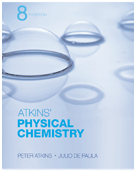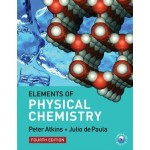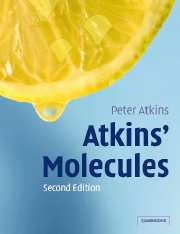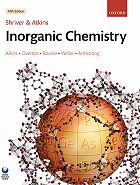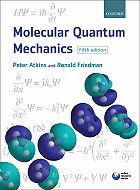Nature reports about the launch of the Open Researcher and Contributor ID (ORCID). ORCID is a non-profit organization which aims to establish a registry for author identificaton as the de facto standard. Individual researchers may create an ORCID record without a membership fee as of later this year.
“When the scheme opens for business in the coming months, it will at first rely on large publishers and research agencies to build a critical mass of registrants, because they can require researchers to provide or register for an ORCID number in order to publish a paper or submit a grant proposal.” (Nature, 485, 564 (), doi:10.1038/485564a)
The article points to the problem that many research institutions don’t realize the practical value of ORCID and that many researchers have never heard of it.
More information about ORCID:
- Our blog post about Author identifiers
- ORCID Website: http://about.orcid.org/
- Brian Wilson and Martin Fenner: Open Researcher & Contributor ID (ORCID): Solving the Name Ambiguity Problem. EDUCAUSE Review, 47, 3 (May/June 2012)

